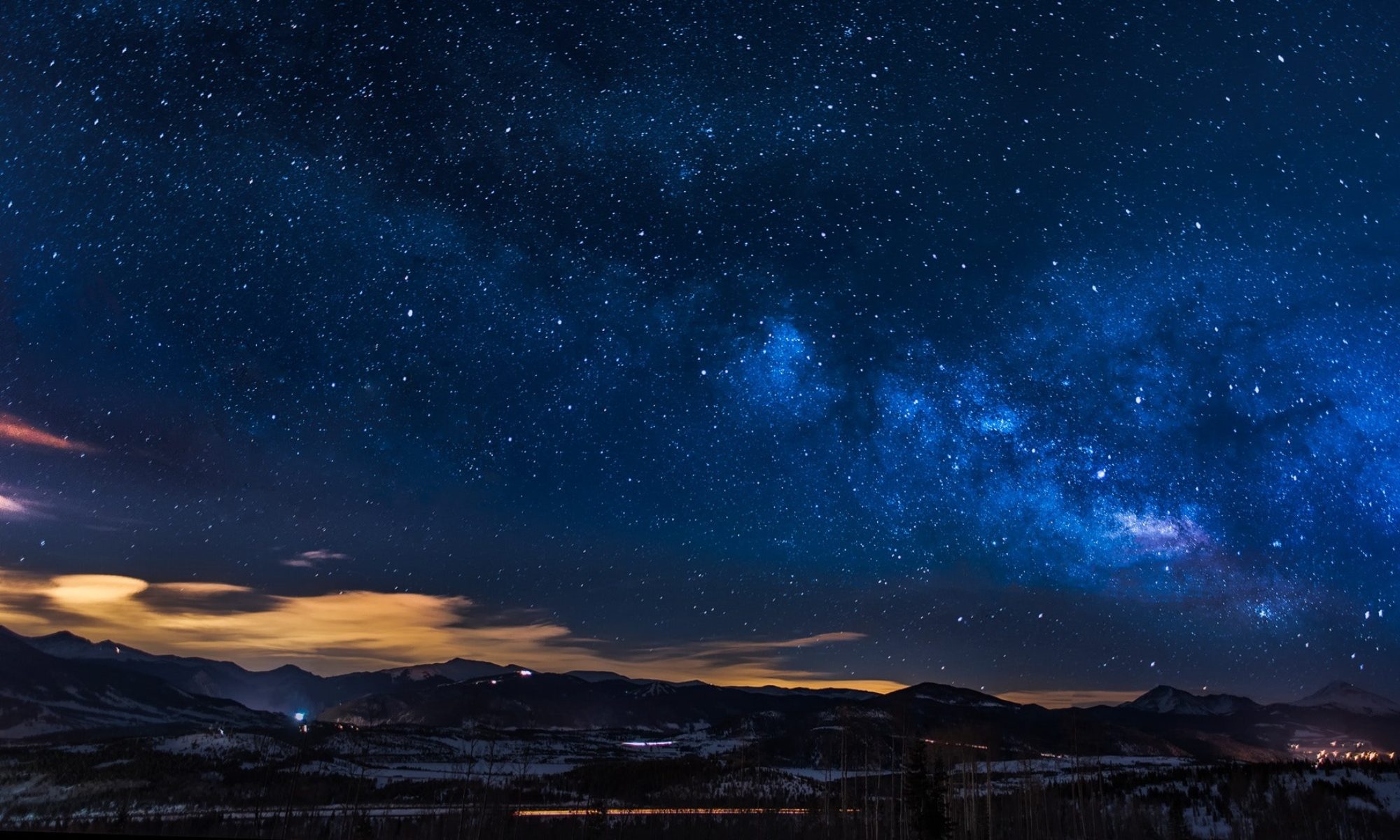I bought the New American Haggadah today. I had time this afternoon for only a quick look through it, as my dining room is currently Haggadah Central, with two haggadot that I’ve compiled lying in various stages of readiness for the holiday ahead. One, for a celebration with my extended family, is a version I wrote in the late 1990s; the other, written just last year, is for the seder Dr. D. and I have with friends and our families. Each has its own specific tone for its intended group. They are the result of a year of study of a variety of haggadot, old and new, consultation with my rabbis and cantor, and much editing and writing, not to mention photocopying, pasting, and shaking out of old matzah crumbs.
So I was interested to see this new haggadah, which is the work of respected writers who are also committed Jews: Jonathan Safran Foer, who was the editor; and Nathan Englander, the translator; with commentary by Rebecca Newberger Goldstein; Jeffrey Goldberg; Nathaniel Deutsch; and Lemony Snicket (who knew?). There is some lovely language; two of the plagues are rendered as “a maelstrom of beasts” and “a clotted darkness.”
The book was designed by an Israeli artist, Oded Ezer. The authors apparently all come out of very traditional upbringings and much serious scholarship is in evidence. One of my favorite aspects Mia Sara Bruch’s timeline that tracks the observance of Passover from around 1250 BCE to the entry in 2007 noting the publication of the first haggadah for Jewish Buddhists. Some will, I predict, find the artwork hauntingly beautiful; others will wonder if the pages have arrived with wine blotches already on them, and, indeed, the book’s introduction refers to those very spills of Concord grape. Strangely, the design of the pages, with commentary and timeline, requires you to read in three directions, though, happily, not simultaneously. The Hebrew is offered without transliteration, which will make it inaccessible to some families, but which carries an optimistic message about the persistence of the language, not to mention the Seriousness of the Project.
The biggest surprise for me as a Reform Jew was its masculine references to God. Really? In 2012? Was Rebecca Newberger Goldstein in the kitchen when that decision was made? For me it a chance to celebrate my own experience of a holiday in which my grandmother and other female relatives always sat around the table as full participants.
Haggadot have proliferated astonishingly in the past decades. Where once it was Maxwell House or nothing (cue Obama’s in-joke to Jeffrey Goldberg) there is now a version for every conceivable gathering. Each carries a history, clues to the time in which it was written and the thinking of those who wrote it. Every one I read brings me new understanding of the holiday that has always been my favorite. The New American Haggadah is no exception. I won’t be using it at my table, but I will be reading it and learning from it.
